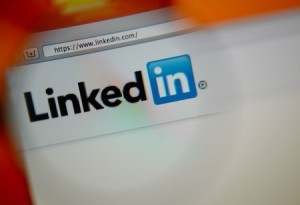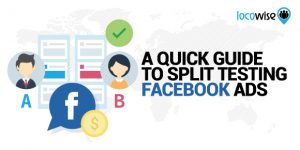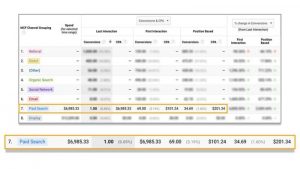— July 28, 2017

Concord90 / Pixabay
We all know the feeling of being overwhelmed by the sheer amount of emails in our inboxes begging to be opened. A discount here, a new product line there, but many are simply deleted before we even see their contents. This is because, as consumers, most of us are suffering from severe email fatigue.
When MarketingSherpa asked U.S. adult internet users why they unsubscribe from email lists, one in four said they did so because they receive too many emails – the most common reason among respondents in the recent survey. Coincidentally, in my company’s survey of retail marketers, sixty-five percent of respondents said there is pressure within their organization to send even more emails to boost revenue and awareness.
As retail marketers – and consumers in our own right – we’ve come to a crossroads in regards to the right cadence of email sends and the right content to promote within. While it’s not an exact science, there are some best practices to keep engagement rates up and fatigue at bay.
Test, Test Again, and Keep Testing
Rather than approaching your email themes with a set plan in mind (e.g. ‘we’re going to send out an email about women’s shoes on Thursday), let your data and audience guide you. Tests sends play a huge role in audience selection and providing real-time, data-driven feedback as to whether your email theme will resonate with a specific audience. Far too often, retailers have a view of a certain product and how people are going to react to it based on transactional history and other static metrics, but people aren’t buying the same products again and again – and tastes and moods change over time. Additionally, the same email theme can perform very differently based on the subject line, creative, whether there is a discount or incentive, and a host of other factors. With the constantly evolving appetite of consumers, continual testing is key to staying relevant and engaged.
Everything in Moderation
A Mapp Digital survey found that 40 percent of respondents prefer to receive marketing emails once a week. According to our own aforementioned survey, 46 percent of email marketers are sending 3-4 emails each week, followed by 43 percent, who were sending1-2 emails per week. While this isn’t cause for alarm, be cognizant of how many emails your sending vs. how many emails your email list is engaging with. Maybe you’ll find three emails a week is working, or maybe you’ll end up paring that number down, but make sure it’s based on what your audience wants, not a pre-determined marketing metric.
Focus On Your Core Customers
There’s nothing more annoying than receiving an email after you’ve asked to be taken off a list, so don’t do it to your email list recipients! Take care of bounced addresses, duplicate contacts and those who have requested to unsubscribe, and focus on engaging the customers that actually want to be engaged. Use your data to develop content and expose parts of your product catalog that they’ll find interesting. For example, any sub-category, on average, appeals to roughly 10 percent of a given population, moderately appeals to another 10 percent and mildly turns off 80 percent. If you change up the theme to one that resonates with a smaller population, you can excite a very targeted audience, lifting sales and engagement in the long run, rather than pushing one product to a larger population that is ultimately uninterested.
Improve Your Content
Speaking of quality…you know the saying ‘you only have one chance to make a first impression’? Well that’s true for email, too. The first thing people see is the subject line, so make it count. If you’re thinking a discount is the way to do this, you’re wrong. According to research from Yes Lifecycle Marketing, emails from brands with special offers in their subject lines tend to underperform when compared to those without them. In fact, emails without explicit offers in their subject lines have 28 percent higher open rates with the exception of loyalty incentive offers, which have a nine percent higher open rate, 20 percent higher click rate, and 12 percent higher CTO rate than emails with subject lines without offers.
The morale of the story? Engagement is fatigue’s Kryptonite. Make sure you’re sending recipients what they want, when they want it and continually test and adjust as needed to keep your email marketing calendar fresh.
Digital & Social Articles on Business 2 Community
(65)







